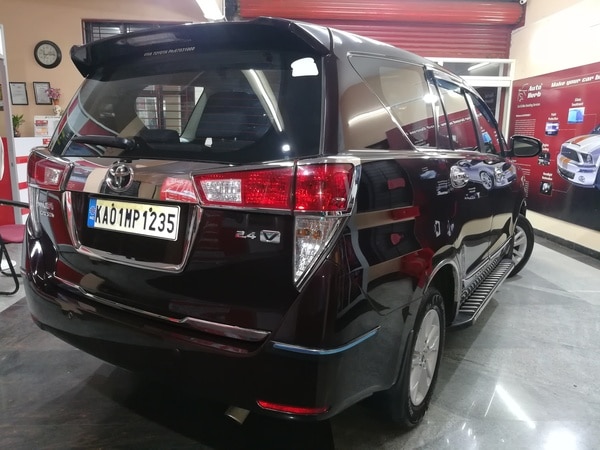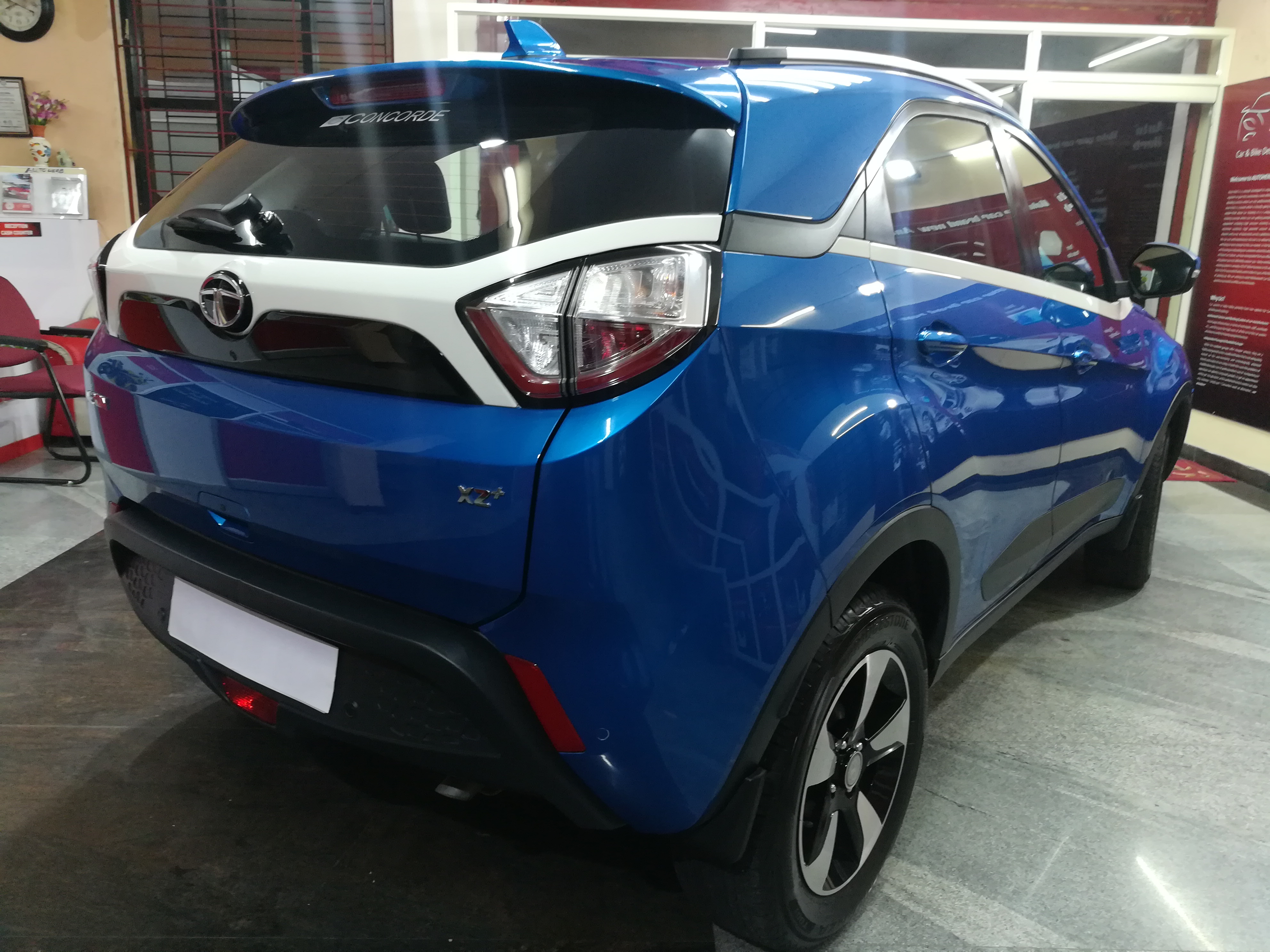


Currently it only shows your basic business info. Start adding relevant business details such as description, images and products or services to gain your customers attention by using Boost 360 android app / iOS App / web portal.


ceramic coating for car CERAMIC COATING: WHAT IS IT? BENEFITS? DISADVANTAGES? CERAMIC COATING: DOES IT REALLY WORK? Have you ever thought about applying ceramic coating to your car? Do the popular claims of it preserving your car’s paint job hold true? Is it better than waxing and polishing? How does it fare against the advantages of a paint protection film And is it really worth it considering its price tag? We know you have asked these questions many times only to end up more confused than before. The amount of contradicting information available on the web can be annoying at times. Which is why we have decided to clear them once and for all.A ceramic is any of the various hard, brittle, heat-resistant and corrosion-resistant materials made by shaping and then firing a nonmetallic[1] mineral, such as clay, at a high temperature.[2] Common examples are earthenware, porcelain, and brick. The crystallinity of ceramic materials ranges from highly oriented to semi-crystalline, vitrified, and often completely amorphous (e.g., glasses). Most often, fired ceramics are either vitrified or semi-vitrified as is the case with earthenware, stoneware, and porcelain. Varying crystallinity and electron composition in the ionic and covalent bonds cause most ceramic materials to be good thermal and electrical insulators (extensively researched in ceramic engineering). With such a large range of possible options for the composition/structure of a ceramic (e.g. nearly all of the elements, nearly all types of bonding, and all levels of crystallinity), the breadth of the subject is vast, and identifiable attributes (e.g. hardness, toughness, electrical conductivity, etc.) are difficult to specify for the group as a whole. General properties such as high melting temperature, high hardness, poor conductivity, high moduli of elasticity, chemical resistance and low ductility are the norm, [3] with known exceptions to each of these rules (e.g. piezoelectric ceramics, glass transition temperature, superconductive ceramics, etc.). Many composites, such as fiberglass and carbon fiber, while containing ceramic materials, are not considered to be part of the ceramic family.[4] The earliest ceramics made by humans were pottery objects (i.e. pots or vessels) or figurines made from clay, either by itself or mixed with other materials like silica, hardened and sintered in fire. Later ceramics were glazed and fired to create smooth, colored surfaces, decreasing porosity through the use of glassy, amorphous ceramic coatings on top of the crystalline ceramic substrates.[5] Ceramics now include domestic, industrial and building products, as well as a wide range of ceramic art. In the 20th century, new ceramic materials were developed for use in advanced ceramic engineering, such as in semiconductors. The word "ceramic" comes from the Greek word κεραμικός (keramikos), "of pottery" or "for pottery", [6] from κέραμος (keramos), "potter's clay, tile, pottery".[7] The earliest known mention of the root "ceram-" is the Mycenaean Greek ke-ra-me-we, "workers of ceramic written in Linear B syllabic script.[8] The word "ceramic" may be used as an adjective to describe a material, product or process, or it may be used as a noun, either singular, or, more commonly, as the plural noun "ceramics" Today, we will walk you through the basics of ceramic coating for cars. What it is, what are its advantages and disadvantages, how it fares versus waxing and other alternatives, and what we as experts think about it. Here goes…